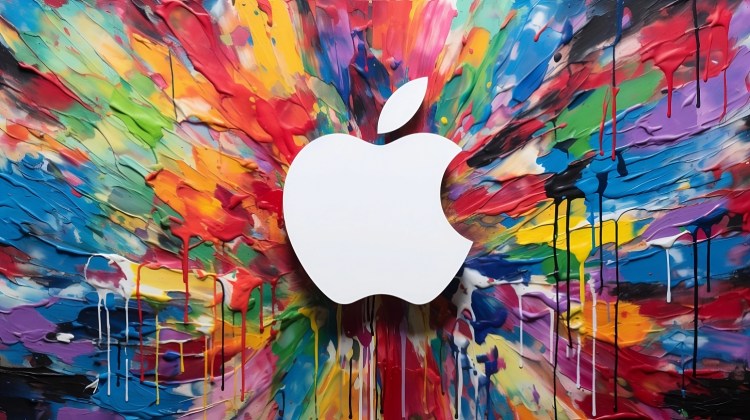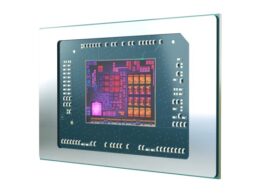Apple, a company renowned for its commitment to technological innovation, has once again taken the lead in the field of artificial intelligence (AI). Through their recent announcement of two groundbreaking research papers, Apple has made significant strides in AI research, particularly in the areas of 3D avatars and efficient language model inference.
HUGS: Revolutionary Technique for 3D Avatars
In their first research paper, Apple scientists introduce HUGS (Human Gaussian Splats) as a revolutionary technique to generate animated 3D avatars from short monocular videos. This technique allows for the creation of fully animatable human avatars and enables the disentanglement of the static scene within just 30 minutes. Lead author Muhammed Kocabas explains, “Our method takes only a monocular video with a small number of frames and automatically learns to generate a realistic human avatar while preserving intricate details like clothing and hair.”
HUGS employs 3D Gaussian splatting to represent both the human and background scene, providing photorealistic results. An innovative neural deformation module ensures realistic movement of the avatars, avoiding any artifacts. Compared to previous methods, HUGS is up to 100 times faster in training and rendering and outperforms state-of-the-art techniques in 3D reconstruction quality. This breakthrough in 3D modeling opens up endless possibilities for virtual try-on, telepresence, and synthetic media.
Optimizing Language Models for Efficient Inference
In their second research paper, Apple researchers address a key challenge in deploying large language models (LLMs) on devices with limited memory. With language models containing billions of parameters, running inference on consumer hardware becomes cumbersome. Apple’s proposed system minimizes data transfer from flash storage by optimizing two critical areas: reducing the volume of transferred data and reading larger, more contiguous chunks.
The introduced techniques, such as “windowing” and “row-column bundling,” significantly improve inference latency on both Apple M1 Max CPUs and GPUs. Inference latency is enhanced by 4-5 times on CPUs and 20-25 times on GPUs, making it possible for complex AI assistants and chatbots to run efficiently on Apple devices and other mobile platforms. This breakthrough broadens the applicability and accessibility of advanced language models in resource-limited environments.
Apple’s Leadership in AI Research and Applications
These research papers demonstrate Apple’s growing leadership in AI research and its application in real-world scenarios. However, experts urge caution, emphasizing the importance of considering the societal impact and responsibility when integrating these technologies into consumer products. Privacy protection and mitigation of potential misuse must be at the forefront of implementation.
Furthermore, by publishing this research, Apple showcases its commitment to contributing to the wider AI community. This dissemination of knowledge not only fosters collaboration but also stimulates further advancements in the field. Apple’s confidence in its position as a tech leader shines through in these developments, as it pushes the boundaries of what is possible.
The Future of AI Unleashed by Apple’s Innovations
Apple’s latest innovations have the potential to propel artificial intelligence to new heights. The introduction of photorealistic digital avatars and powerful AI assistants on portable devices was once unimaginable, but thanks to Apple’s scientists, it is now rapidly becoming a reality. By allowing more complex AI models to run on devices with limited memory, Apple is paving the way for a new class of applications and services that harness the power of language models in ways previously unattainable.
The societal impact of these innovations is immense, and Apple’s responsible implementation will be vital. However, if applied judiciously, Apple’s advancements in AI have the potential to reshape the future and unlock unprecedented possibilities.










